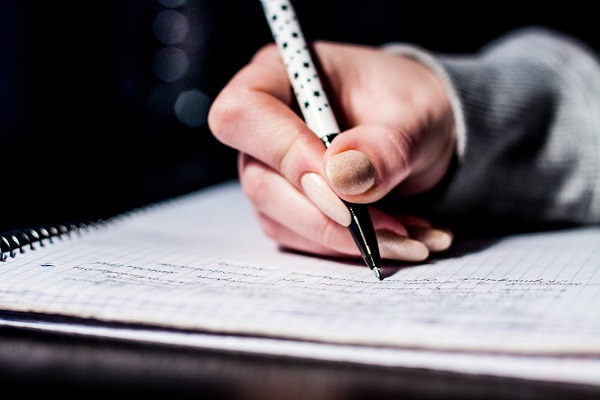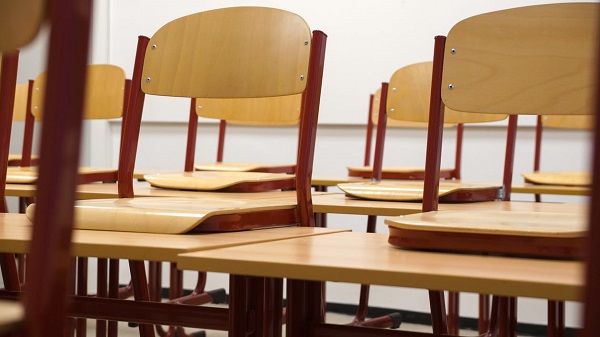According to a recent investigation led by BBC Radio 5 Live, more than 700 children were reportedly injured after being ‘restrained’ at special schools across the UK.
The figures were obtained using Freedom of Information requests, which were sent to 153 local authorities in England, of which nine responded.
The stats that were shared with the BBC revealed that around 13,000 restraints were reported, which resulted in 731 injuries, over the past three years. These incidents took place at schools that cater for children with disabilities or special learning needs.

Physical restraint is inevitable at times
There are times when physical restraint cannot be avoided, particularly when teaching staff are in a situation that’s turning physical and potentially violent to others and needs diffusing. However, what can potentially be avoided is the injuries caused by having to physically restrain a young person.
With the right physical intervention training, there’s no reason why teaching staff can’t restrain pupils without anybody being harmed or injured in the process. This principle is one the key foundations for all of the physical intervention training courses we deliver, which specifically involve helping those who work with children and young people prevent and manage difficult situations efficiently, effectively and in the right way.

Acting appropriately and legally
Take our Positive Handling course, Managing Challenging Behaviour, for instance. The one day course is designed to not only help people make informed decisions about when, where and how they should use physical force, but also how to act appropriately and legally. Equally, our Blended Positive Handling course provides the same guidance over a combination of just 100 Minutes E-Learning and one 3 hour session.
It’s essential that anybody who works with children and young people, who intend to use physical restraint techniques, make sure their actions comply with the latest legislation, such as The Children Act 1989, and Government guidance documents, including The United Nations Convention on the Rights of the Child; The Education Act 1997; The Violent Crime Reduction Act 2006 and The Education and Inspections Act 2006.
It’s also essential that physical restraint is only used in instances where it’s not possible to use any other tactics to diffuse a conflict situation and that full restraint doesn’t always have to be applied. For example, holding, escorting and non-harmful seated techniques can prove just as effective too.
While the BBC’s investigation is to be welcomed for revealing a very realistic snapshot of life within special schools right now, it’s a snapshot that could look very different, with the right physical intervention training in place.
To discuss your physical intervention training requirements, contact us on 0845 576 0035 or info@good-sense.co.uk.
Recent Comments